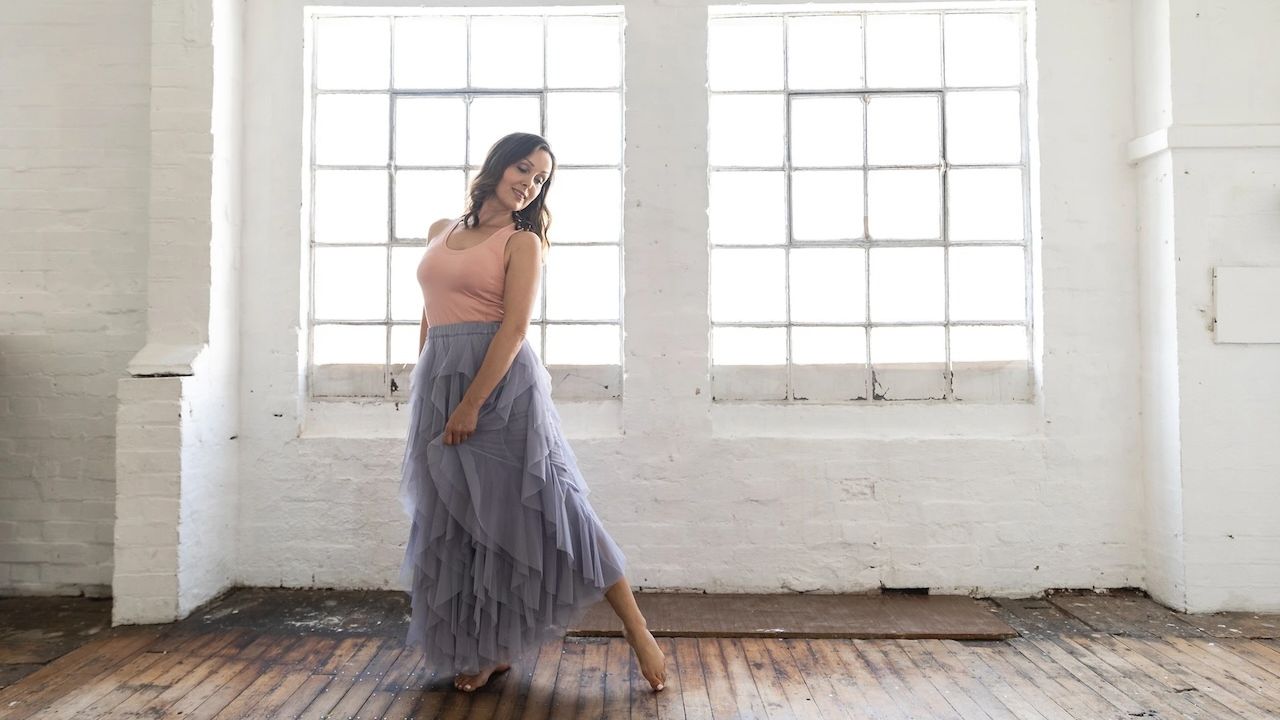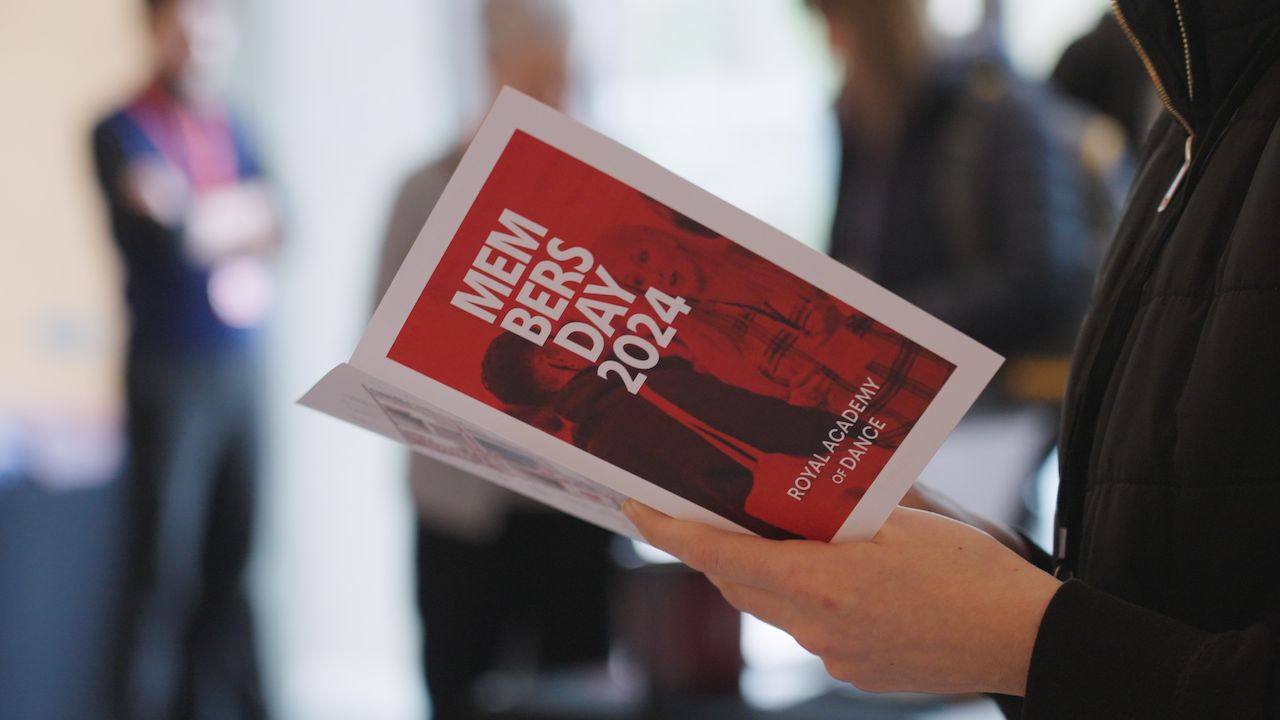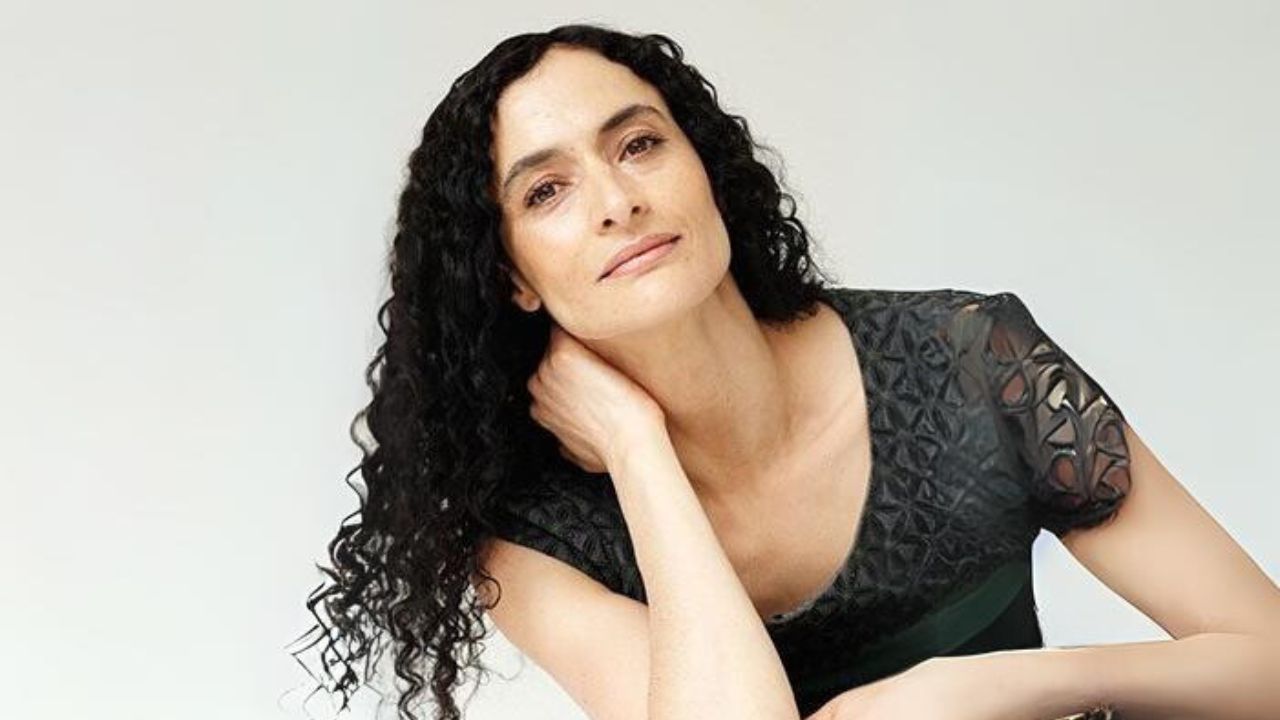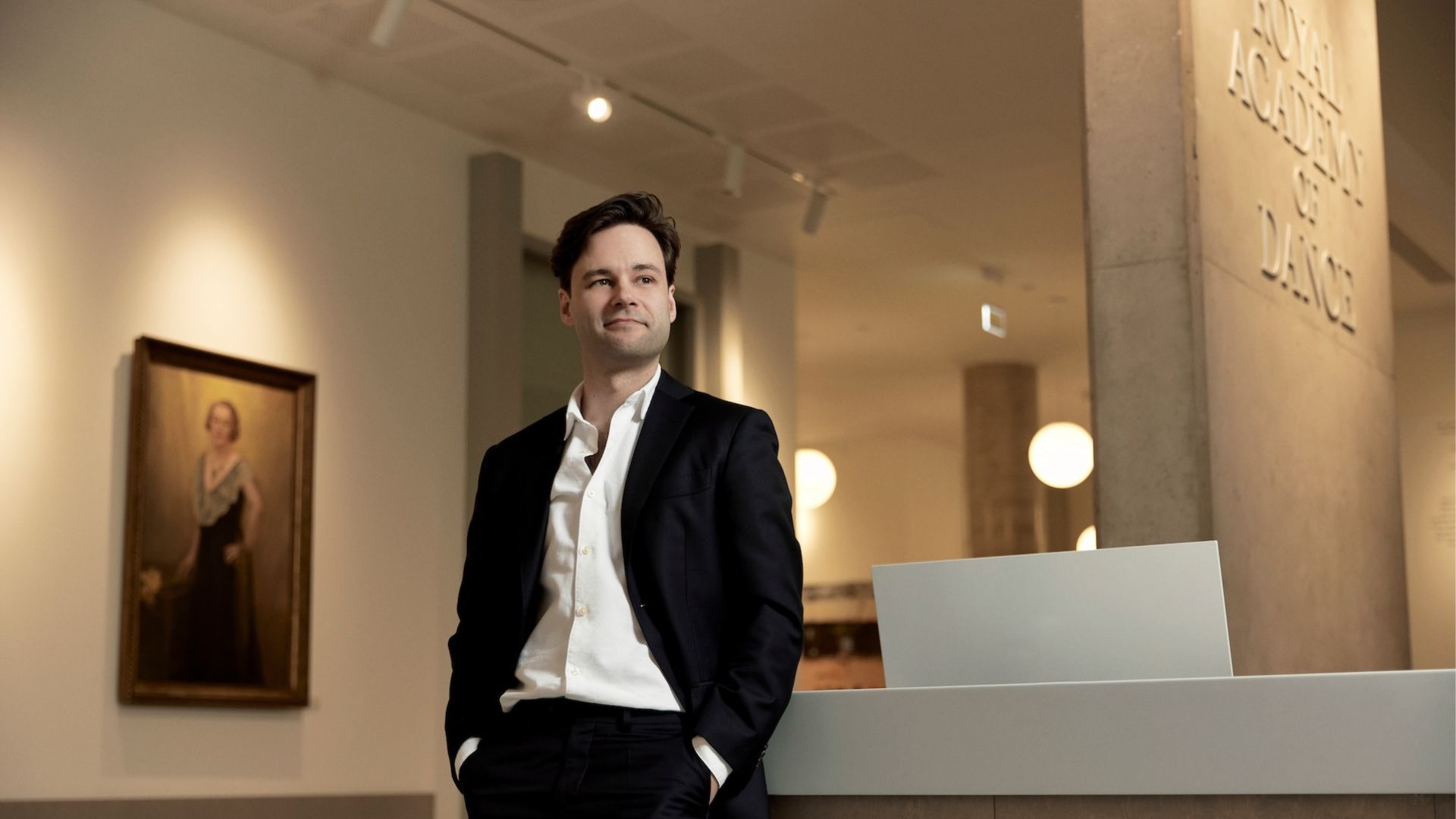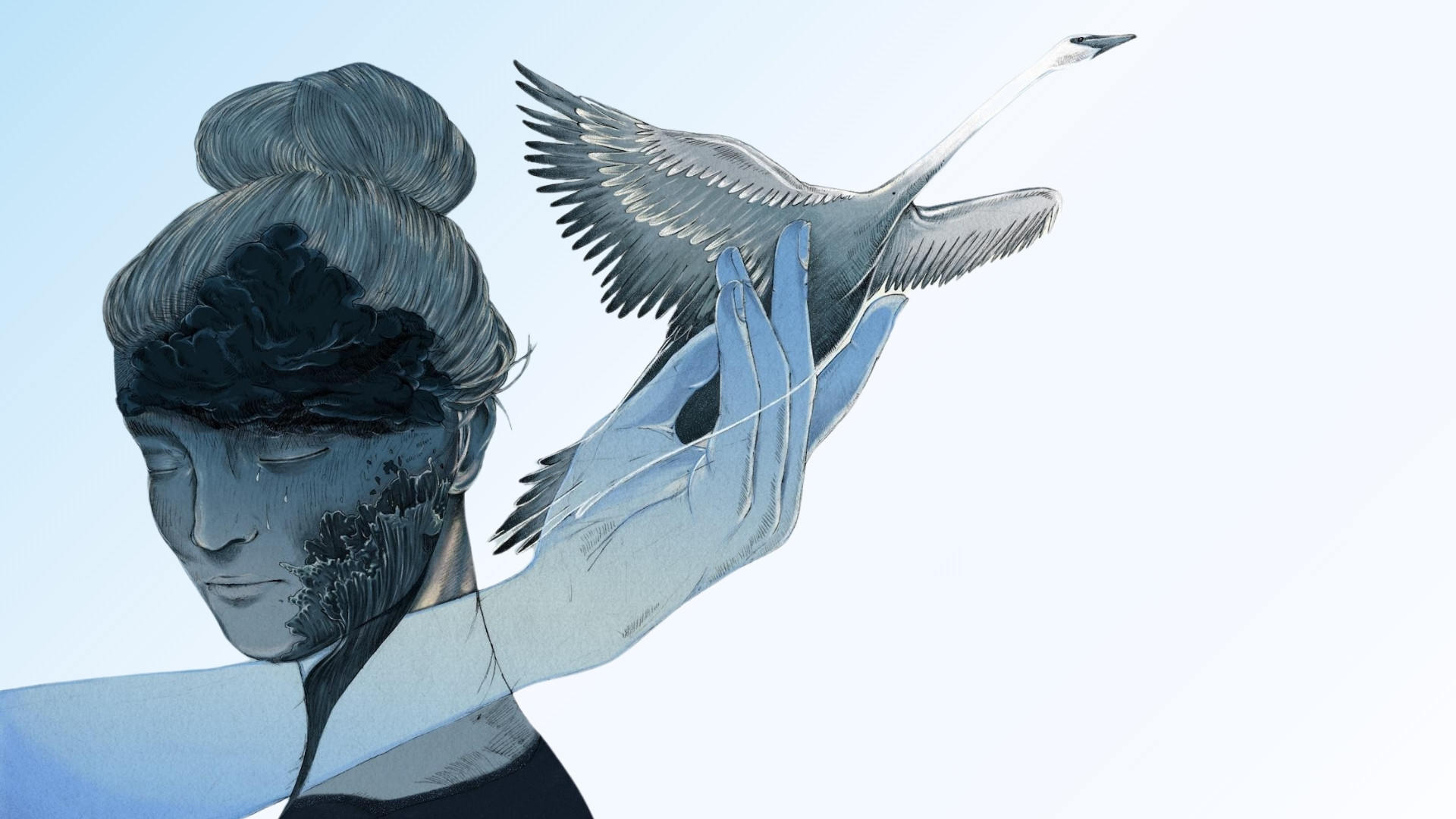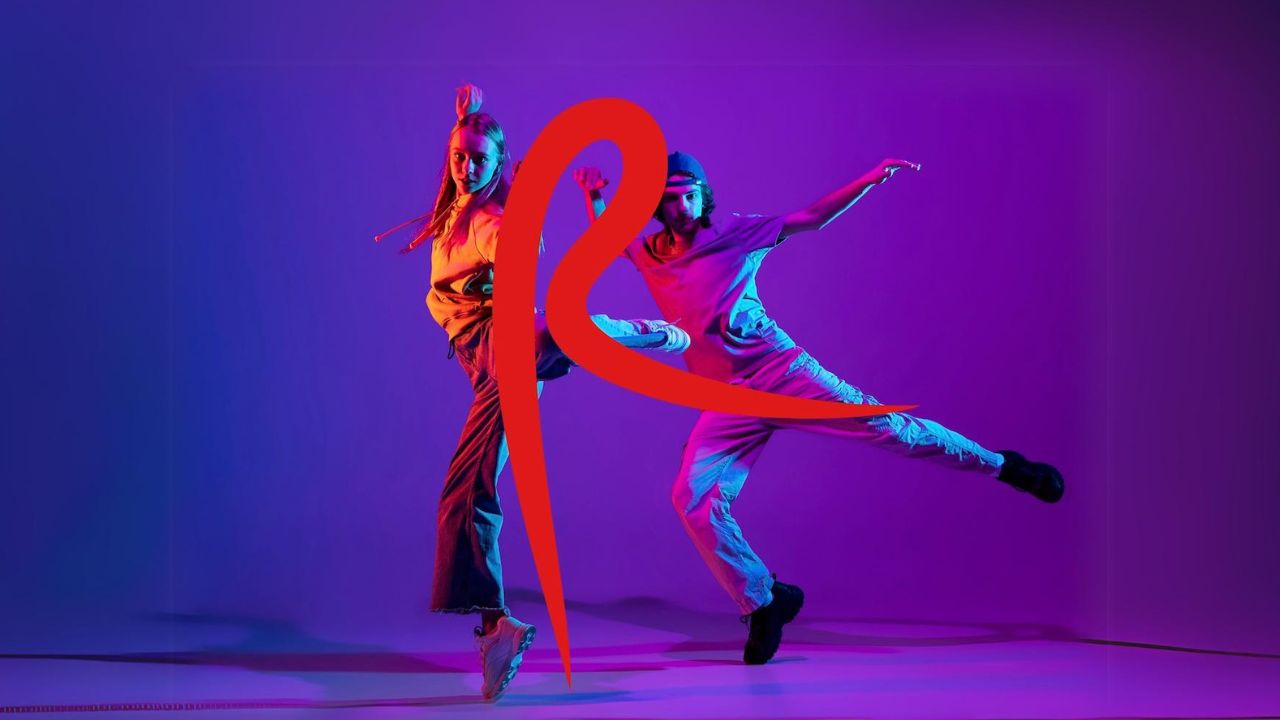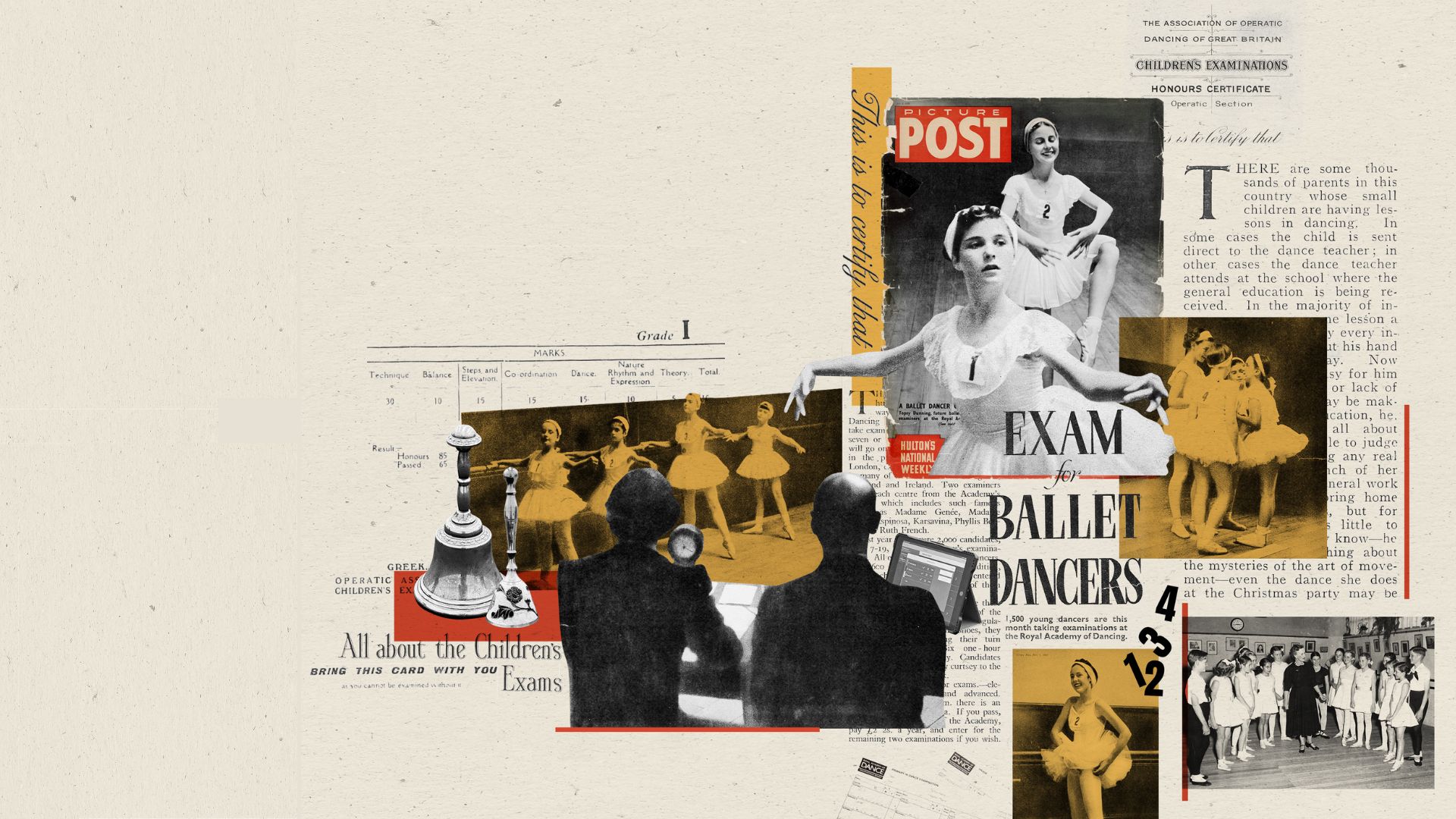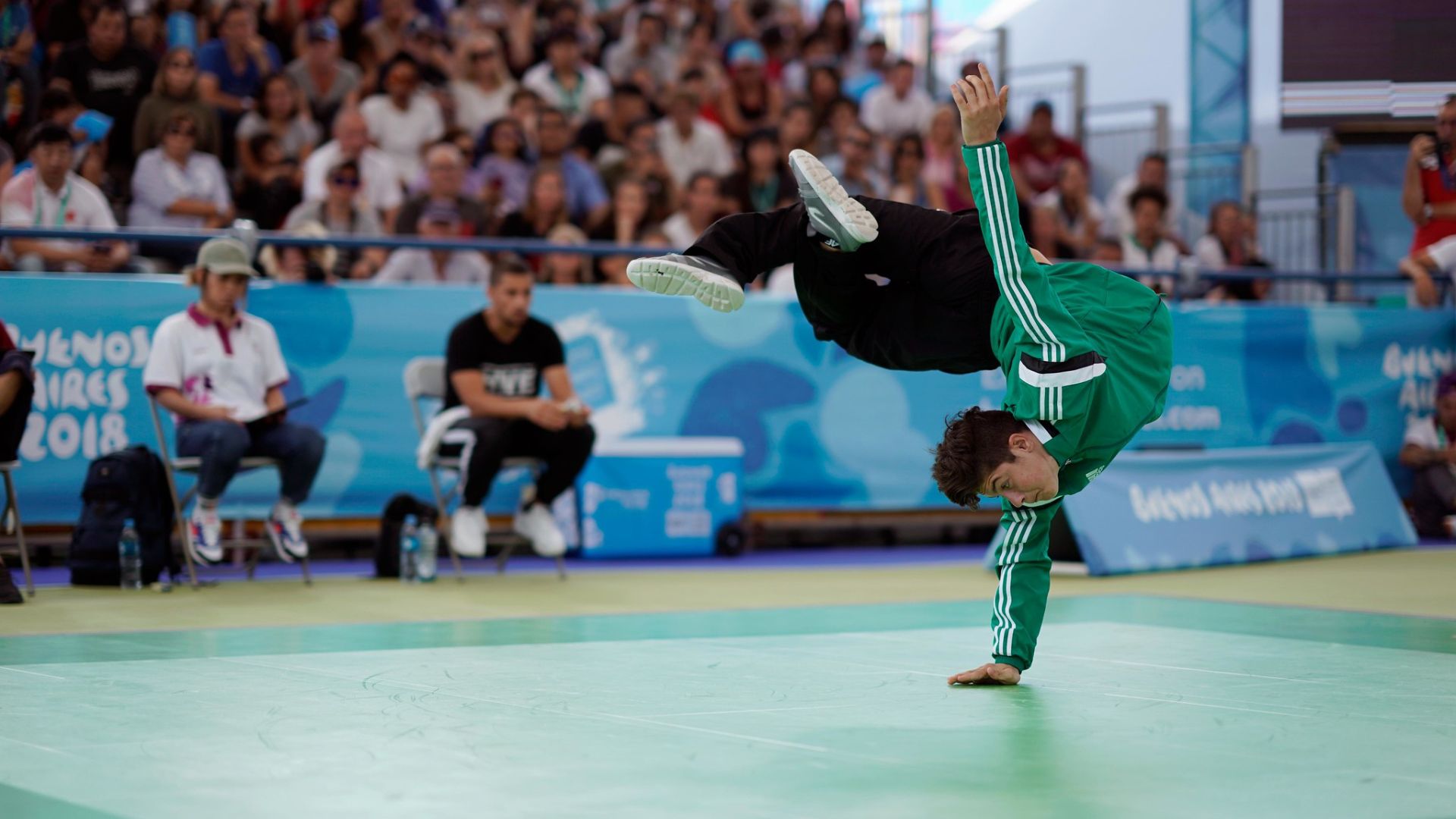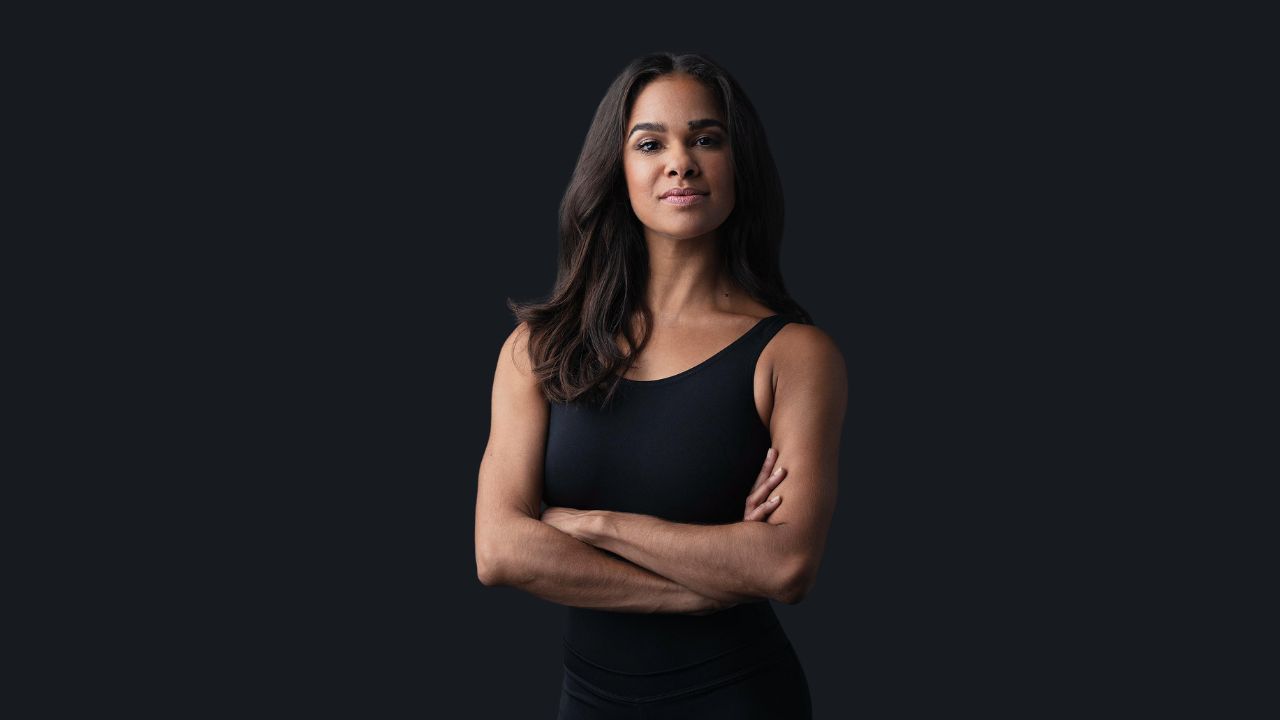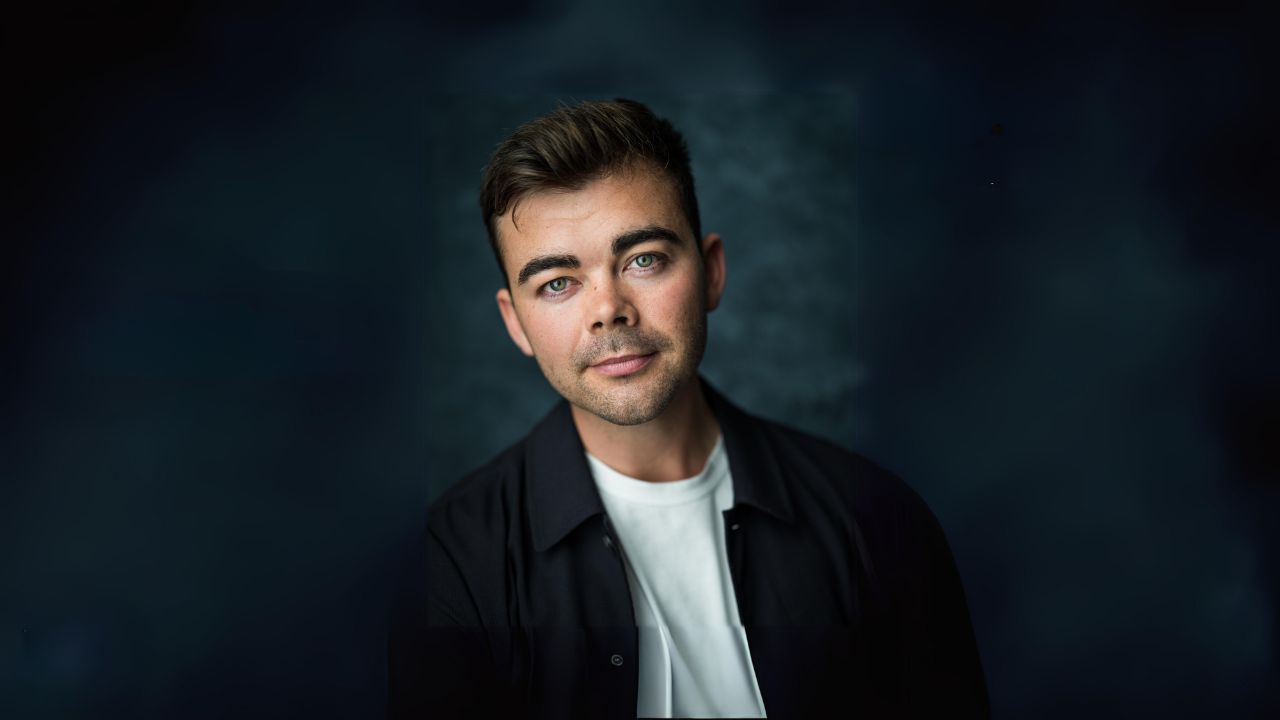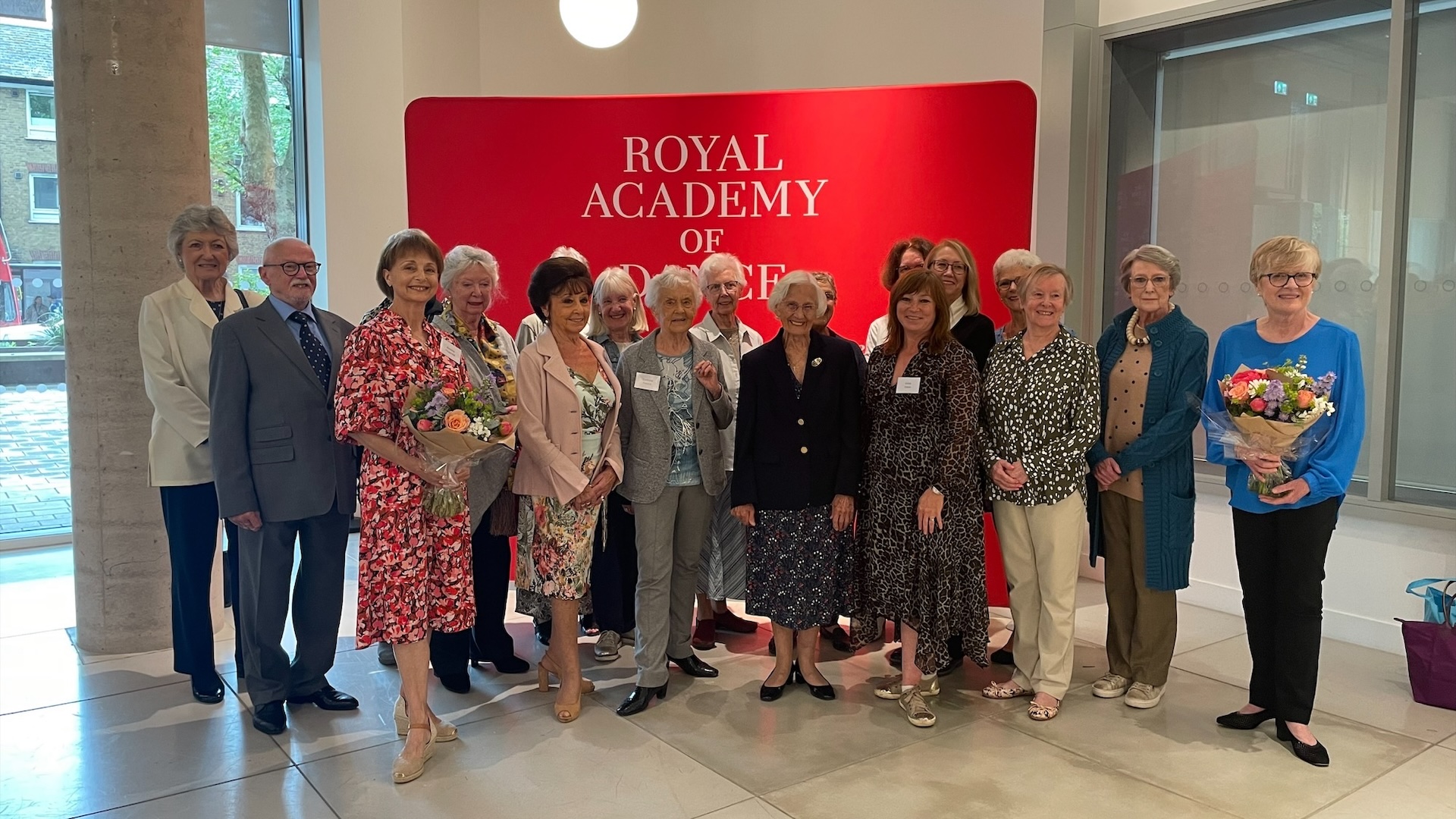People often tell cancer patients to rest, but is that always the best advice?
There’s more and more evidence to prove that’s the complete opposite of what you should do. You should be as active as possible. Some in the medical world are not always on board with that. One lady I’ve been teaching was told to rest for seven months after very tricky surgery. She got diabetes and was quite poorly as a result. There’s still a lot of education to be done.
When I got my diagnosis, I was reluctant to admit how active I was, because I didn’t want them to tell me to stop. I didn’t want to tell my surgeon that I was running a half marathon a few days before my surgery, but she said: that’s fantastic, well done!
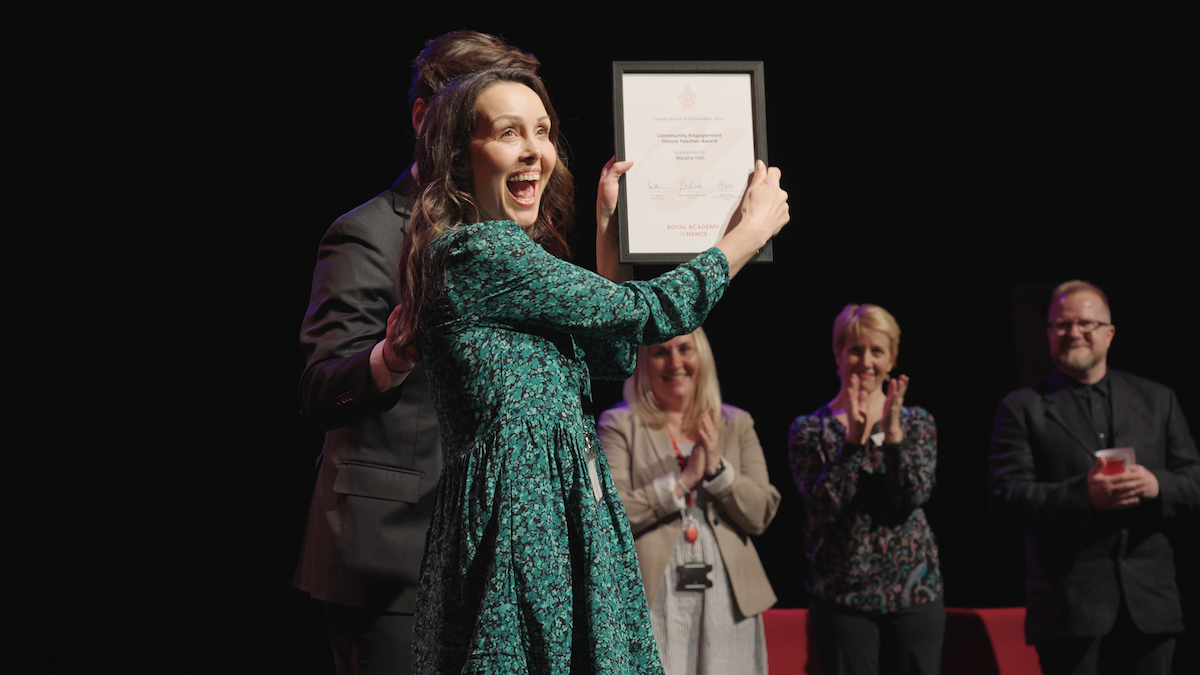
When did you start to connect your recovery with dance?
I carried on working throughout all my treatments. We had ballet exams at my school in London, so I did that all through chemotherapy. In front of the children, I would wear different coloured wigs, which they loved. I was very active – dancing, running. That joy of dance and moving my body helped me massively, and I realised that I was faring a lot better than friends I’d made in chemo. They were suffering and there’s me turning up with my running numbers still on from a race!
Afterwards, I thought I would like to do something to help other people dance safely. Dance is such a fun thing: you can just put some music on and have a boogie in your kitchen – the endorphins you feel are priceless. I approached a cancer training programme, and told them about my dream of getting everybody dancing. Training to be a Cancer Exercise Specialist was the best thing I could have done – I learned so much.
What do you have to consider when teaching dance to cancer patients?
There’s lots to consider, but generally, cancer patients are only seen as a medium risk. There are some limitations, and a range of unique issues for every single person, because each cancer is quite different. In breast cancer, there’s often damage to the shoulder after surgery, so we do a big warm up for the shoulders. If people have had their lymph nodes removed, it can cause lack of mobility, so we do stretches in order to move more freely.
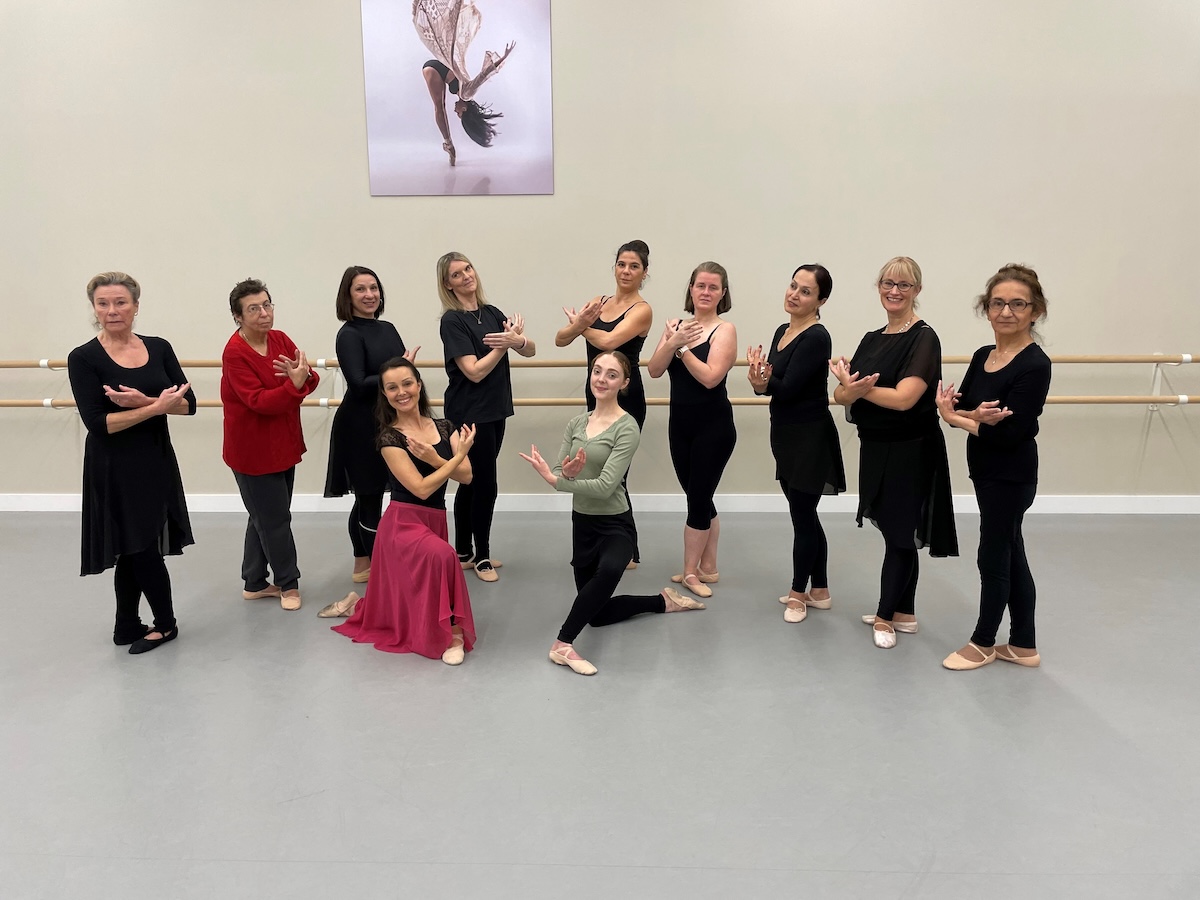
Is the effect on mental wellbeing as important as the physical benefits?
I think the wellbeing effect is actually the most beneficial. The overwhelming response I hear is that it’s brought people some joy in a dark part of their lives. Some have even said they always dreamt about dancing but never would have had the guts to go to a normal adult class. There’s a sense of unity – people don’t feel judged or intimidated, they feel empowered. We laugh a lot, especially when I get things wrong – like most people who go through cancer treatment, I suffer from cancer related cognitive impairment, also known as chemo brain. If I forget what I’m doing, the class corrects me – we giggle because we’re all going through it together. My assistant, Poppy Barnes, is also an RAD teacher. She’s incredible, and she gets every bit perfect.
Has working with the RAD been important?
To be at the Royal Academy of Dance is a real treat for everybody, because it’s not in a cancer setting. When the dancers come into the building they feel so special. It’s very inspiring.
Where did the name Fireflies come from?
My dance school is called Fireflies. We promote better mental health through dance, so when it came to the adults, I thought: this is perfect, because you can find so much light, even in a dark situation. One of our ladies got a firefly tattoo on her ankle, and she’s trying to get us all to do it!
Was ballet always part of your life?
Yes. I was poor growing up, but my mum took me to dance three times a week, which was my light in the darkness. I was very shy, but I would go to dance and felt I could do anything. My teacher was strict but very kind to me, and I’ll never forget that.
Do you feel your life divides into before and after your diagnosis?
Very much. It feels like a new you is born the day that you get the diagnosis. Not necessarily a worse you, but a different you.
When I got cancer, I just thought it has to be for some good. I couldn’t just go back to my old life, I had to do something. Recently, I got a secondary cancer diagnosis but I’m still dancing. The hospital told me about a treatment trial called the FAIM trial. So, obviously, we were all dancing to the music from Fame in my class before I went into the hospital wearing my leg warmers! I’ll just keep going, keep dancing, keep smiling. It makes a massive difference.

